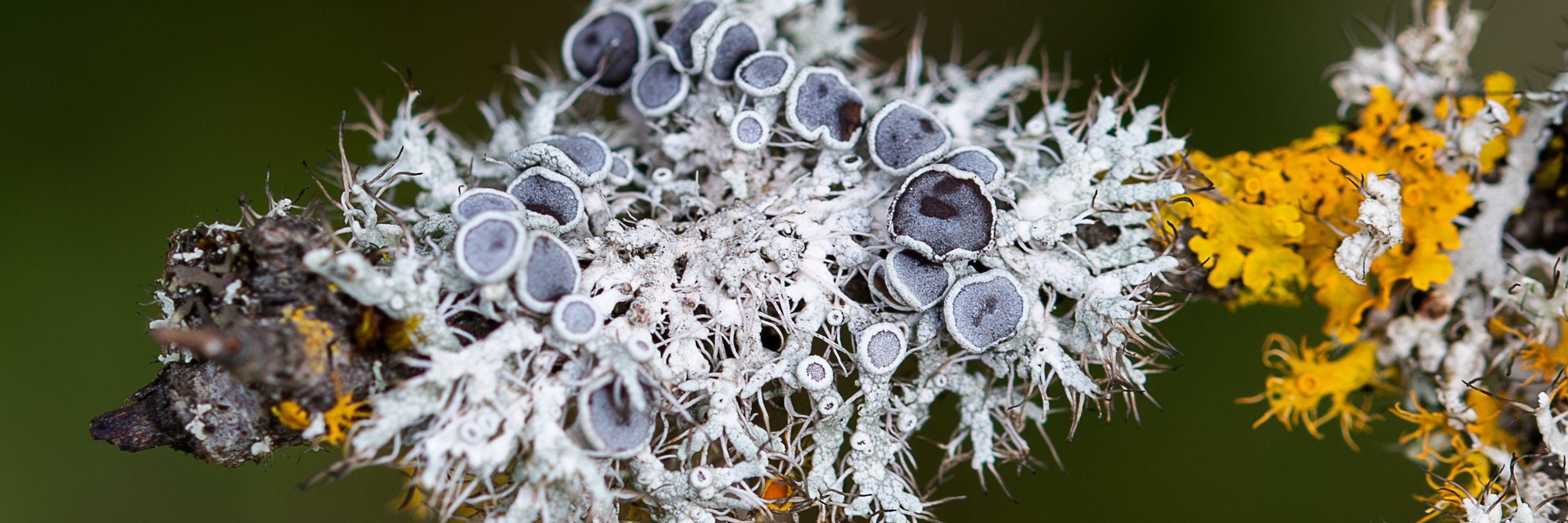Camille Puginier
@puginiercamille.bsky.social
220 followers
140 following
28 posts
Postdoc at @thesainsburylab.bsky.social | PhD at @lrsv-toulouse.bsky.social 🌿| lichens
Posts
Media
Videos
Starter Packs
Reposted by Camille Puginier
Reposted by Camille Puginier
Reposted by Camille Puginier













